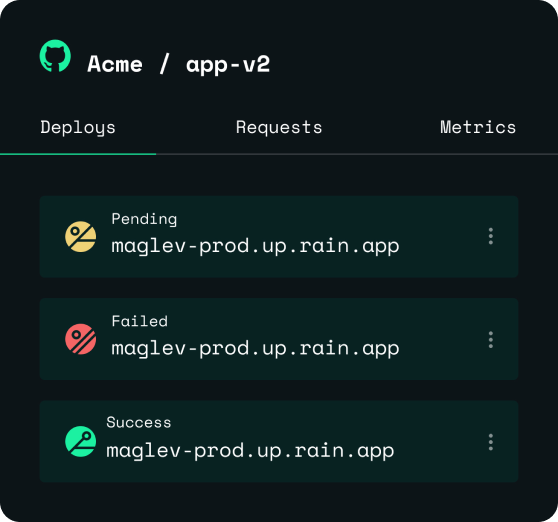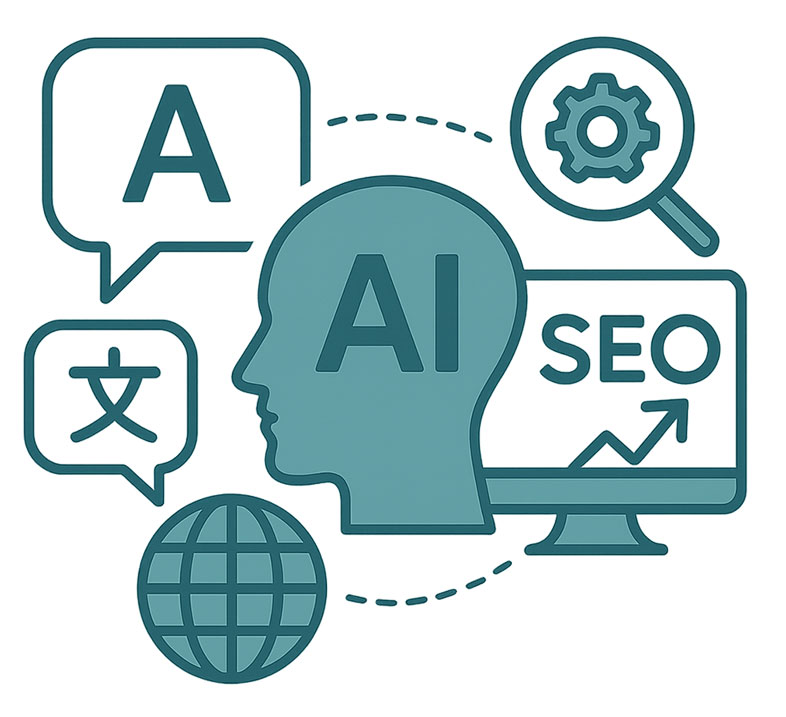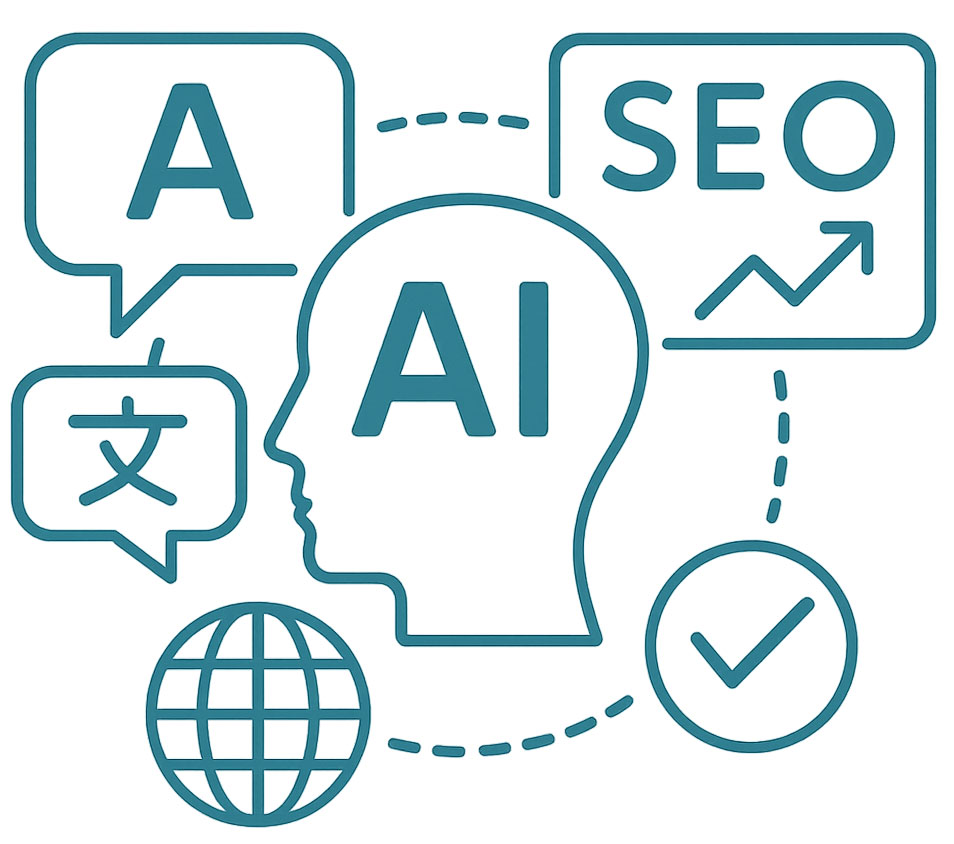The script intelligently places keywords in the optimal position within titles, descriptions, and alt texts – based on SEO best practices for each target language. This improves visibility in search results and ensures content feels natural to native speakers.
Key advantages:
Automatically places primary keywords at the beginning of titles and descriptions
Adapts positioning rules to language-specific grammar and search intent
Avoids keyword stuffing by balancing readability and SEO
Ensures keyword coverage across metadata, body text, and image tags
Works at scale for thousands of product entries without manual editing
Example:
Instead of a generic title like
“High-quality shampoo with argan oil”,
the script generates:
“Argan Oil Shampoo – High-Quality Hair Care”,
which places the main keyword “Argan Oil Shampoo” right at the front, boosting ranking potential.




























